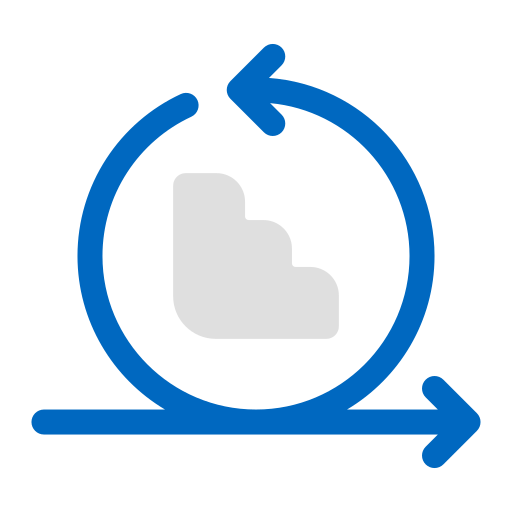

We continuously evolve to match digital industry shifts and refine our methods to deliver exceptional web and mobile solutions. Tailoring our approach to each project’s unique needs, we ensure flexibility while adhering to a standardized process suitable for projects of varying scales.
At Baltech, we pride ourselves on employing robust methodologies that ensure efficiency, reliability, and client satisfaction throughout the project lifecycle. From initial planning to final delivery, we adhere to agile principles, allowing for flexibility and adaptability to evolving requirements.

Agile methodology is an adaptable approach to software development, focusing on collaboration, iterative development cycles, and responsiveness to change. Teams work in sprints to deliver incremental improvements quickly, fostering transparency and flexibility. Agile promotes continuous feedback, enabling teams to adjust strategies based on evolving user needs. This iterative process ensures alignment with business objectives and emphasizes continuous improvement, resulting in high-quality software solutions that meet client expectations and can easily adapt to changing requirements throughout the development process.

Scrum is an agile framework for software development, emphasizing iterative progress, collaboration, and flexibility. It uses short cycles, called sprints, to deliver potentially shippable increments of work. Roles include the Product Owner, Scrum Master, and Development Team. Daily stand-ups, sprint planning, reviews, and retrospectives promote transparency and adaptation. Scrum’s adaptive nature enables teams to respond quickly to changes, fostering continuous improvement. This approach leads to more efficient product development, ensuring higher-quality results that align with evolving user needs and business goals.

DevOps merges development and operations into a seamless, collaborative process, emphasizing automation, continuous integration, and deployment. It ensures faster delivery cycles, improved reliability, and enhanced efficiency. By fostering collaboration and proactive monitoring, DevOps enables teams to swiftly respond to market demands. This approach ensures optimal performance, boosts user satisfaction, and drives continuous improvement and innovation in software development practices. DevOps empowers teams to adapt quickly, enhancing software quality and accelerating delivery while maintaining high standards of performance and reliability throughout the development lifecycle.

Waterfall methodology is a sequential software development approach, where each phase—requirement analysis, design, implementation, testing, deployment, and maintenance—follows a linear order. It emphasizes thorough upfront planning, detailed documentation, and well-defined milestones. This structure provides predictability, making it suitable for projects with clear and stable requirements. However, the rigidity of the Waterfall approach can lead to longer development cycles and difficulty in accommodating changes once development begins. Despite its limitations, it remains a reliable method for projects where documentation, control, and detailed planning are crucial for success.
